Imagine fishing a penny out of your pocket and discovering it’s worth more than most homes — to the tune of $8.7 million. This may sound like a collector’s fantasy, but it’s the real-life story behind one of America’s most legendary coins: the 1943 Lincoln Wheat Penny made of copper. Though it resembles a common cent, this tiny piece of metal is one of the rarest and most valuable coins in U.S. history.
But how did such an ordinary-looking coin become so incredibly valuable? And could there still be more hiding in jars, drawers, or piggy banks around the country?
A Glimpse Into the History of the Lincoln Wheat Penny
First minted in 1909 to honor Abraham Lincoln’s 100th birthday, the Lincoln Wheat Penny marked a new era in U.S. coinage. It was the first American coin to feature a real person — Abraham Lincoln — on its obverse. The reverse carried a simple but symbolic image: two wheat stalks curving around the words “ONE CENT” and “UNITED STATES OF AMERICA.”
The design remained unchanged until 1959 when it was replaced by the Lincoln Memorial motif. Although billions were produced over the years, a few rare variants have become prized treasures, catching the eye of collectors and historians alike.
What Makes Some Lincoln Pennies Worth Millions?
One word: errors. The most famous — and valuable — of them all is the 1943 copper penny.
During World War II, the U.S. Mint shifted penny production from copper to zinc-coated steel to conserve copper for the war effort. However, a few copper blanks from 1942 accidentally made their way into the presses, resulting in the accidental creation of some 1943 copper pennies.
- Only fewer than 20 authentic examples are known to exist.
- Most 1943 pennies are steel and stick to a magnet — copper ones do not.
This incredible rarity, combined with historical significance, makes the 1943 copper penny one of the most valuable coins ever minted in the U.S.
The $8.7 Million Penny: A Record-Breaking Auction
One specimen of the 1943 copper penny fetched a staggering $8.7 million at auction, setting a record for the highest amount ever paid for a one-cent piece.
Before the sale, the coin underwent meticulous authentication, including:
- Metallurgical testing to confirm the copper composition
- Microscopic analysis for minting details
- Provenance research to verify ownership history
As collectors competed, the price soared, proving that numismatics is not just a hobby — it’s big business.
How to Spot a Valuable Lincoln Wheat Penny
Think you might be holding a treasure in your hand? Here are some quick steps to check:
- Check the Date: Key dates include 1943 (copper), 1909-S VDB, 1914-D, and 1931-S.
- Use a Magnet: 1943 copper pennies won’t stick to a magnet, but steel ones will.
- Look for Mint Marks: “S” (San Francisco) and “D” (Denver) indicate rarer origins. No mark = Philadelphia.
- Weigh the Coin: Copper pennies weigh 3.11 grams, steel ones weigh 2.7 grams.
- Look for Errors: Double-die errors or off-center strikes increase value dramatically.
Could One Still Be Circulating Today?
Yes — and that’s what makes the story so thrilling. Despite their rarity, a few of these valuable coins could still be hiding in plain sight. People have discovered them:
- In old coin jars
- Inside estate sale finds
- Mixed with bankrolls of pennies
- Among inherited collections
Several copper 1943 pennies were discovered as recently as the 2000s — so the hunt isn’t over.
Coin Collecting Tips for Beginners
Want to start your own treasure hunt? Here are some beginner-friendly tips:
- Examine coins dated before 1959 — most valuable wheat pennies were minted in this era.
- Use a magnifying glass or coin loupe to inspect small details.
- Join local coin clubs or forums to learn from seasoned collectors.
- Avoid cleaning old coins — it can decrease their value.
- For high-potential coins, get them authenticated by services like PCGS or NGC.
A Modern Twist: Coin Collecting in the Digital Age
Thanks to social media and online marketplaces like eBay, coin collecting has found a new generation of enthusiasts. TikTok and YouTube channels now showcase thrilling finds, with videos like “How I Found a Rare Penny Worth Thousands” going viral and inspiring millions to check their change.
Apps like CoinSnap even allow users to scan coins with their phone for preliminary identification, making the hunt more accessible than ever.
FAQs: Lincoln Wheat Penny & Rare Coin Collecting
Q: How many 1943 copper pennies are known to exist?
A: Fewer than 20 have been authenticated, making them extremely rare.
Q: Are all 1943 pennies valuable?
A: No. Most are made of steel and worth only a few cents unless in mint condition. Only the copper versions are worth millions.
Q: How can I tell if I have a copper 1943 penny?
A: Try the magnet test and check the weight. Copper pennies won’t stick to a magnet and weigh more than steel ones.
Q: What is the 1909-S VDB penny?
A: It’s one of the first Lincoln pennies, made in San Francisco with the designer’s initials “V.D.B.” It’s highly collectible and valuable, especially in high grades.
Q: Should I clean a coin before selling it?
A: No — cleaning can reduce its value. Always seek expert evaluation before altering a coin.
Final Thoughts: Keep Your Eyes on Your Change
The story of the $8.7 million Lincoln Wheat Penny is a powerful reminder that treasures can hide in the most unexpected places. While the odds are slim, it’s not impossible to stumble upon a coin worth thousands — or even millions — just by checking your change.
Beyond the thrill of potential riches, collecting coins opens a window into history, design, and the evolution of American society. So next time you find a penny on the ground, don’t just pass it by — it might just be a piece of history.
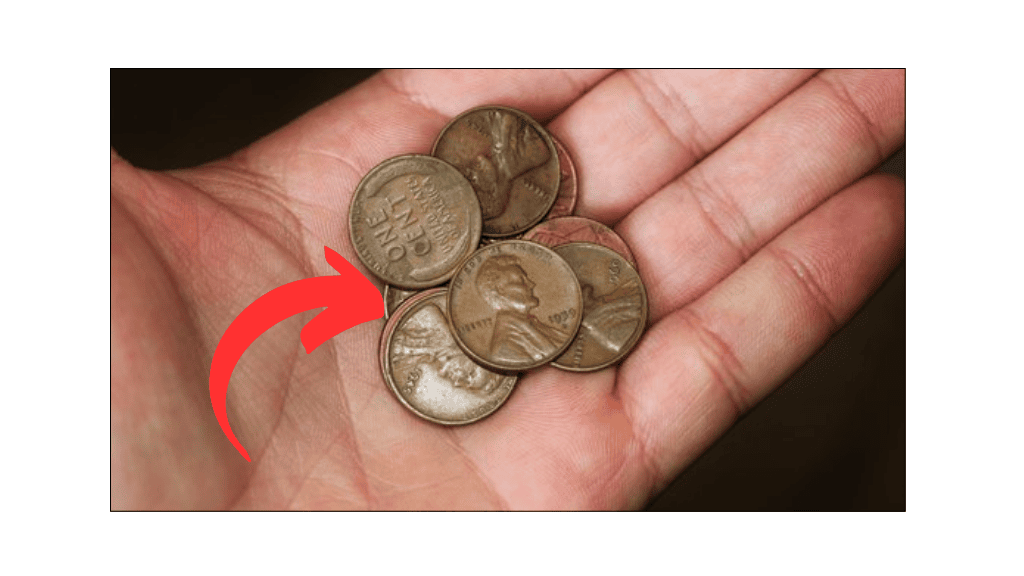
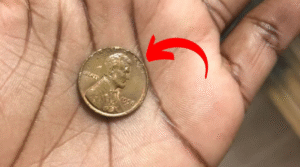
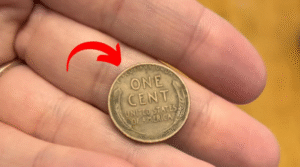
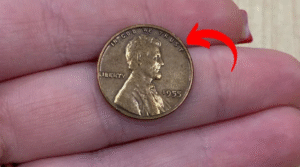
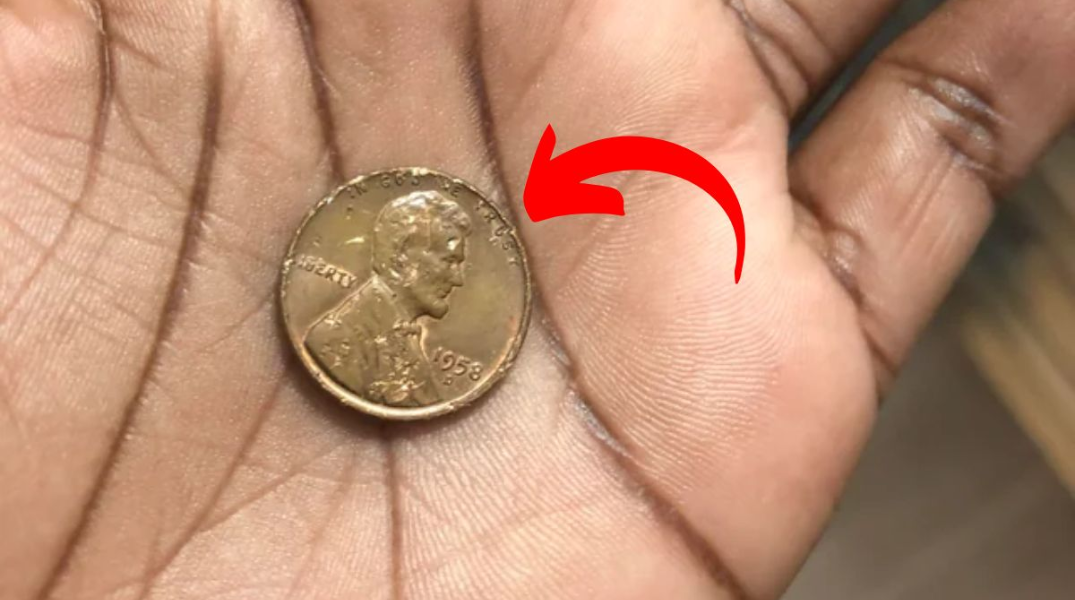
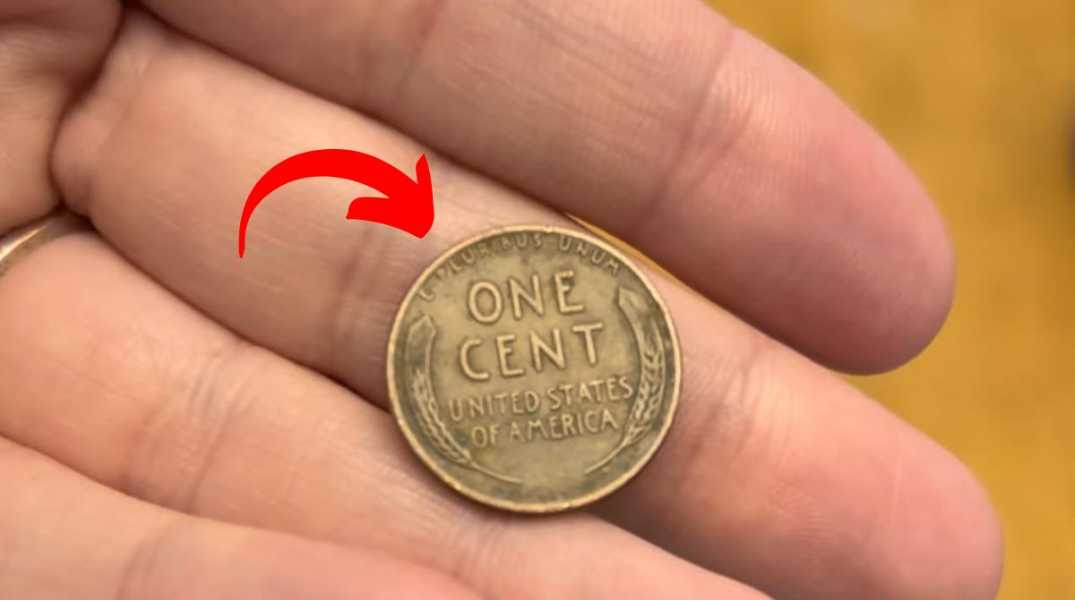
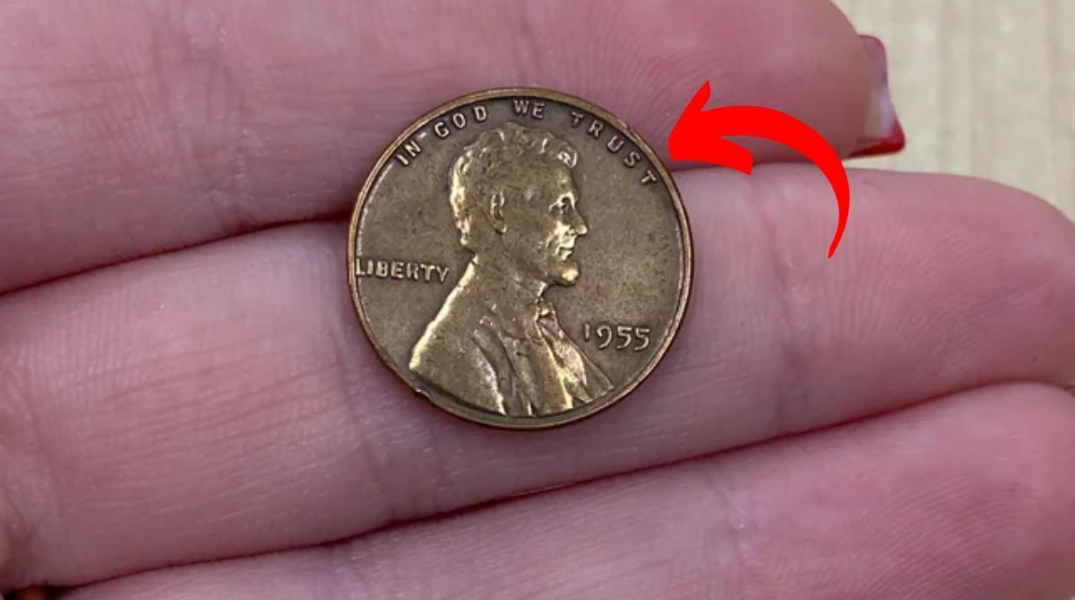
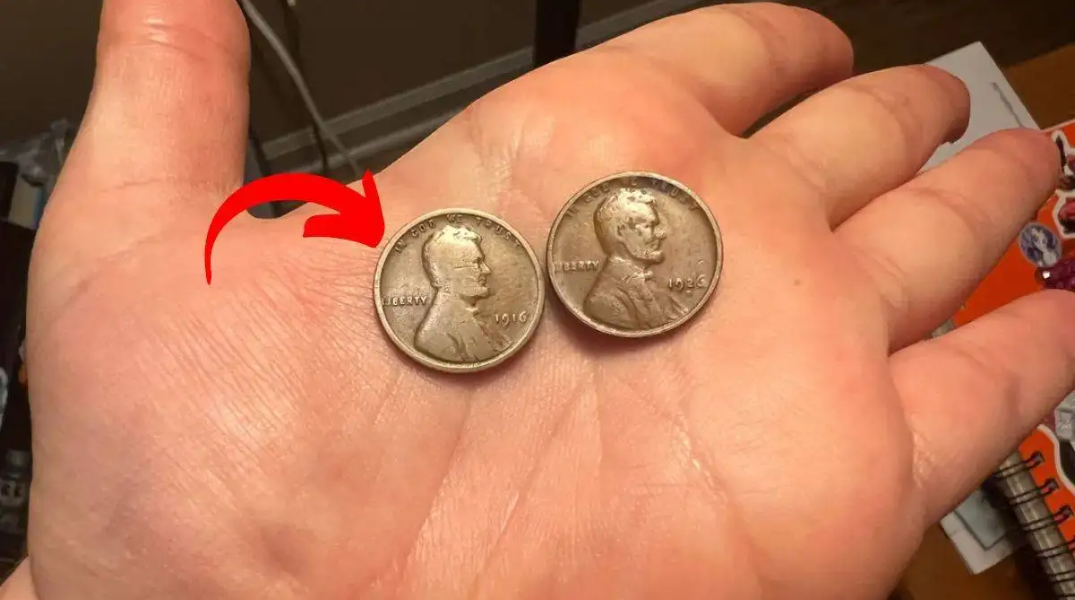
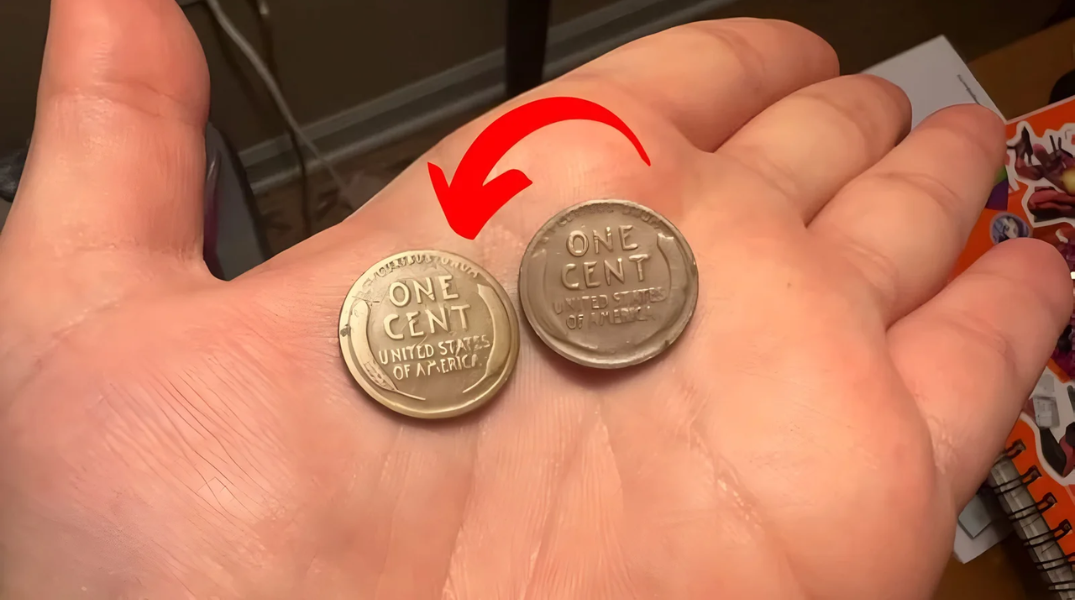
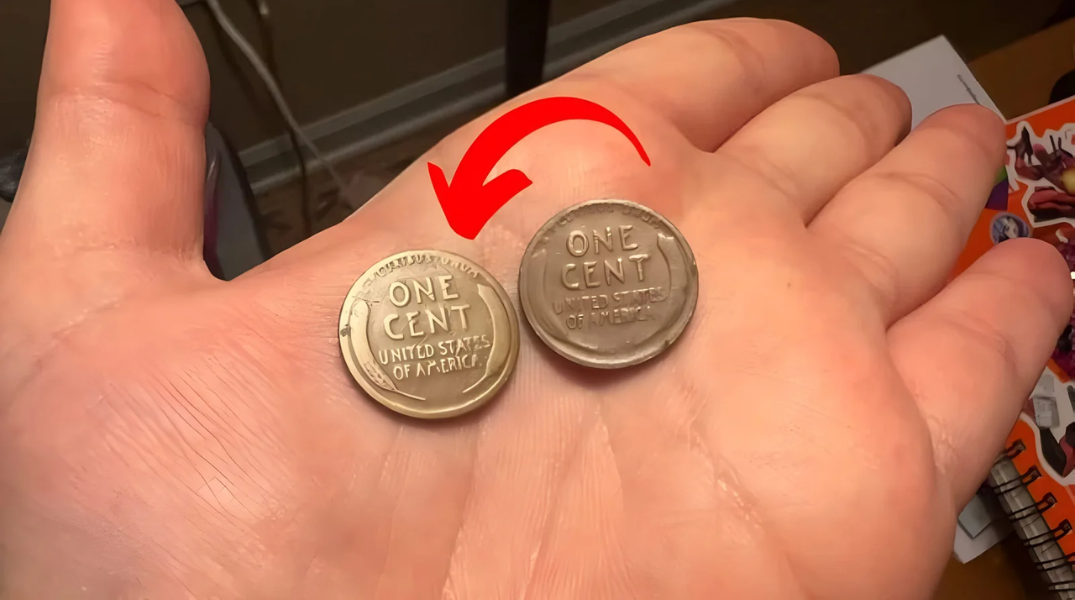



I have a Lincoln Wheat Penny in my possession for the last 50 years that hasn’t no date or mint mark on it
I’m from malaysia.if I have that kind coin on my collection how can I sold coin